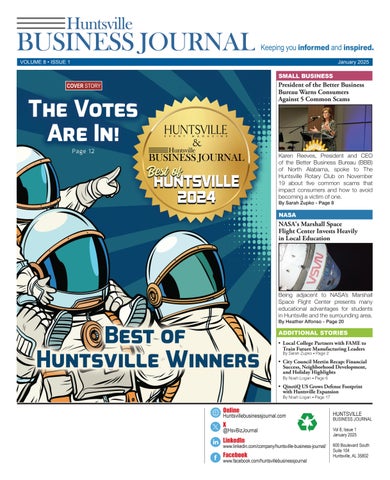## From Pixels to Prophecy: How One Man’s Gaming Past is Fueling America’s Future Warfare
Remember those late nights spent strategizing in virtual battlefields, mastering complex simulations, and pushing the limits of your tactical prowess? For Ryan Kellar, those gaming sessions weren’t just a hobby – they were a springboard to a career shaping the future of military technology.

Today, as Director of Threat and Range Modernization at the Scientific Research Corporation, Kellar is leveraging the strategic thinking and problem-solving skills honed in the digital trenches to guide the development of cutting-edge military training and simulation systems.

SRC’s Role in National Security
Scientific Research Corporation (SRC), a leading provider of advanced technology solutions, plays a pivotal role in safeguarding national security. With a mission focused on delivering innovative defense solutions, SRC’s work directly impacts the safety and well-being of the nation.
Threat & Range Modernization: A Cornerstone of National Security
SRC’s Director of Threat & Range Modernization, Ryan Kellar, leads a team dedicated to enhancing the capabilities of military training and testing facilities. This area of focus, known as Threat & Range Modernization, is critical to national security because it directly impacts the readiness and effectiveness of our armed forces. Modernized ranges and threat simulations create more realistic training environments, allowing soldiers, sailors, airmen, and marines to hone their skills and prepare for real-world scenarios.
Technological Contributions to Defense & Intelligence
SRC’s technological expertise spans a wide range of domains, including artificial intelligence, cybersecurity, and advanced sensor technologies. These technologies are seamlessly integrated into threat & range modernization programs, significantly enhancing training realism and effectiveness. For example, SRC develops sophisticated AI-powered adversaries that can adapt and evolve during simulated exercises, providing troops with a more challenging and realistic training experience.
The Future of Threat & Range Modernization
Emerging Technologies Shaping the Field
The field of threat & range modernization is constantly evolving, driven by rapid advancements in technology. Some of the key emerging technologies shaping the future of this field include:
- Augmented and Virtual Reality (AR/VR): Immersive AR/VR technologies are transforming training by creating highly realistic and interactive simulations. Soldiers can experience complex scenarios in a safe and controlled environment, enhancing their situational awareness and decision-making skills.
- Cloud Computing and Big Data Analytics: Cloud-based platforms and big data analytics are enabling the collection and analysis of vast amounts of training data. This data can be used to identify patterns, improve training effectiveness, and personalize training experiences.
- Edge Computing: Edge computing brings processing power closer to the data source, reducing latency and enabling real-time decision-making in demanding training environments.
Kellar’s Vision for the Future of SRC’s Work
Ryan Kellar envisions a future where SRC’s threat & range modernization solutions are at the forefront of military training and preparedness. He emphasizes the importance of leveraging cutting-edge technologies to create increasingly realistic and effective training environments, empowering our armed forces to meet the evolving challenges of the 21st century.
Implications for the Gaming Industry: Simulations, Training, and Beyond
The advancements in threat & range modernization have profound implications for the gaming industry. The sophisticated simulations developed for military training can be adapted and applied to create engaging and realistic gaming experiences. Gamestanza’s own exploration of the intersection between gaming and military technology highlights this exciting potential.
Furthermore, the expertise gained in developing AI-powered adversaries and realistic virtual environments can be leveraged to enhance game AI, create more immersive gameplay experiences, and explore new frontiers in interactive entertainment. The lines between gaming and military training are blurring, leading to a convergence of technologies and a shared future where innovation in one field can benefit the other.
Conclusion
As Ryan Kellar spearheads Scientific Research Corporation’s threat and range modernization efforts in Huntsville, his work is more than just advancing technology – it’s shaping the future of defense and security. Kellar’s dedication to pushing the boundaries of range capabilities, alongside his emphasis on collaboration and innovation, paints a clear picture of a future where our armed forces are equipped with the most advanced tools to protect our nation. The implications of this are far-reaching, impacting not only military strategy but also the economic landscape of Huntsville and beyond. Kellar’s vision for a more dynamic and adaptable range infrastructure signals a shift in how we approach defense in the 21st century. The ability to simulate increasingly complex threats in realistic environments will be crucial in preparing our forces for the challenges of tomorrow. This forward-thinking approach not only strengthens our national security but also positions Huntsville at the forefront of technological innovation, attracting top talent and fostering a thriving ecosystem of research and development. Kellar’s leadership serves as a reminder that the future of defense is built on the foundation of scientific progress, collaborative partnerships, and a relentless pursuit of excellence.
